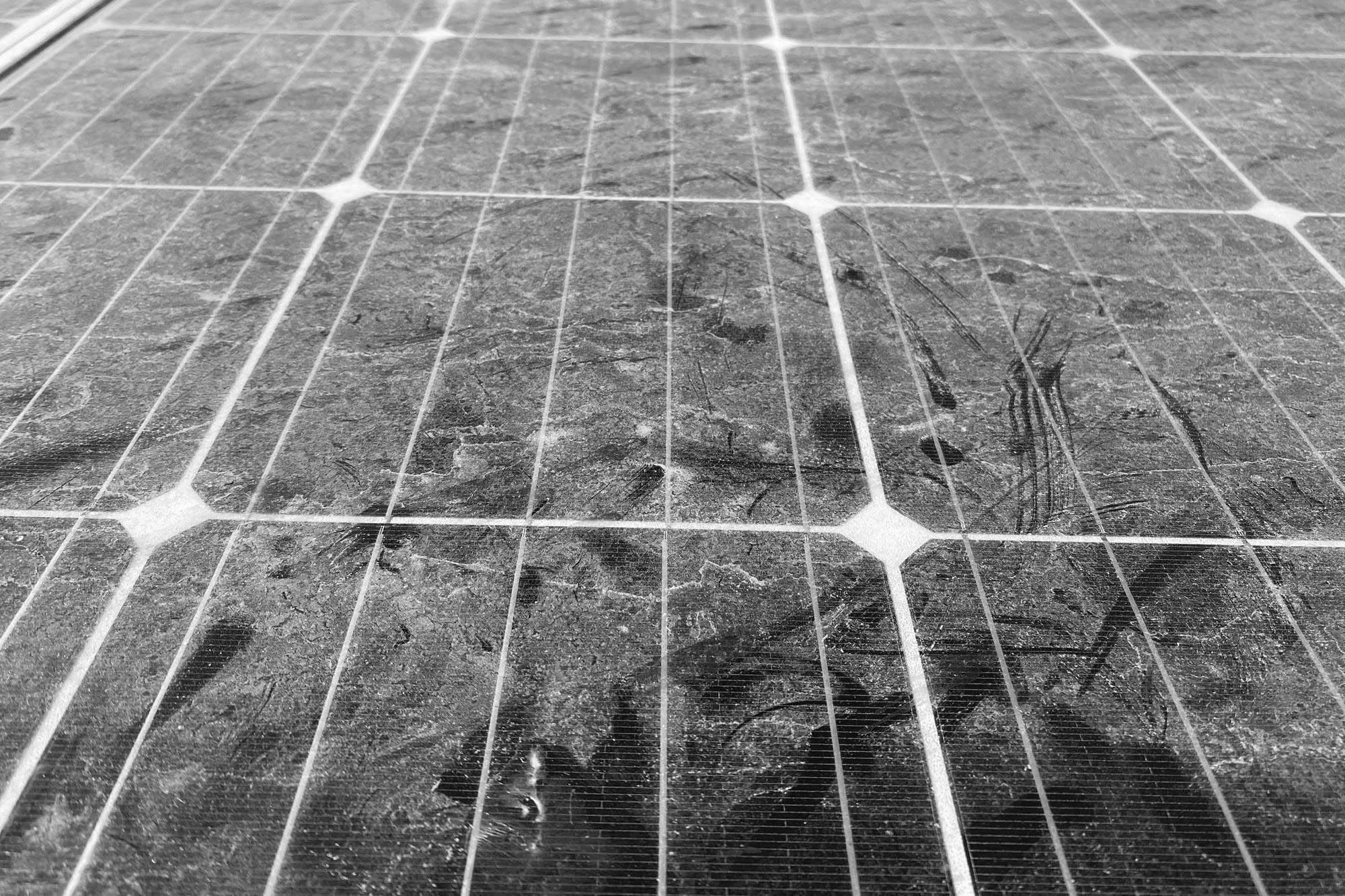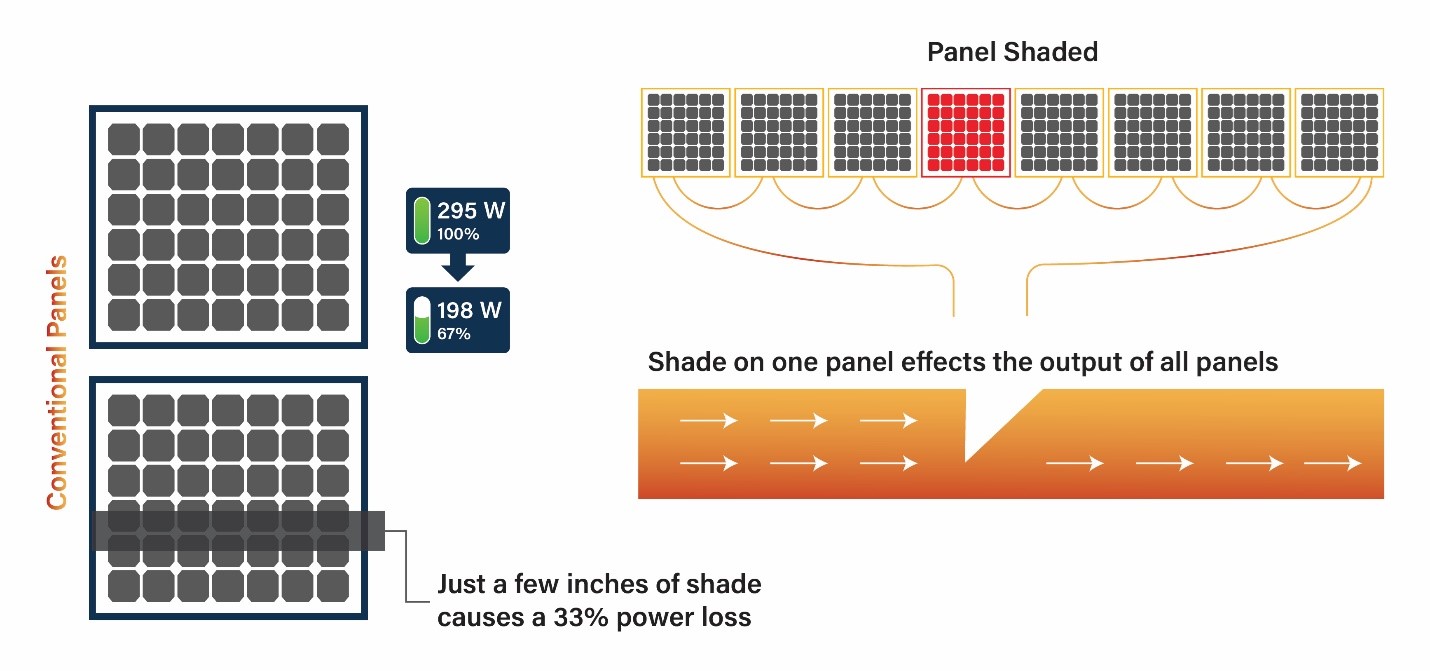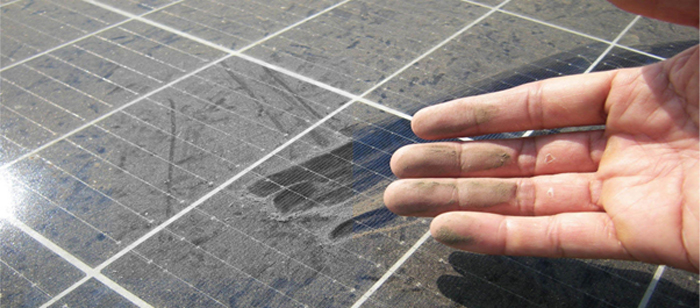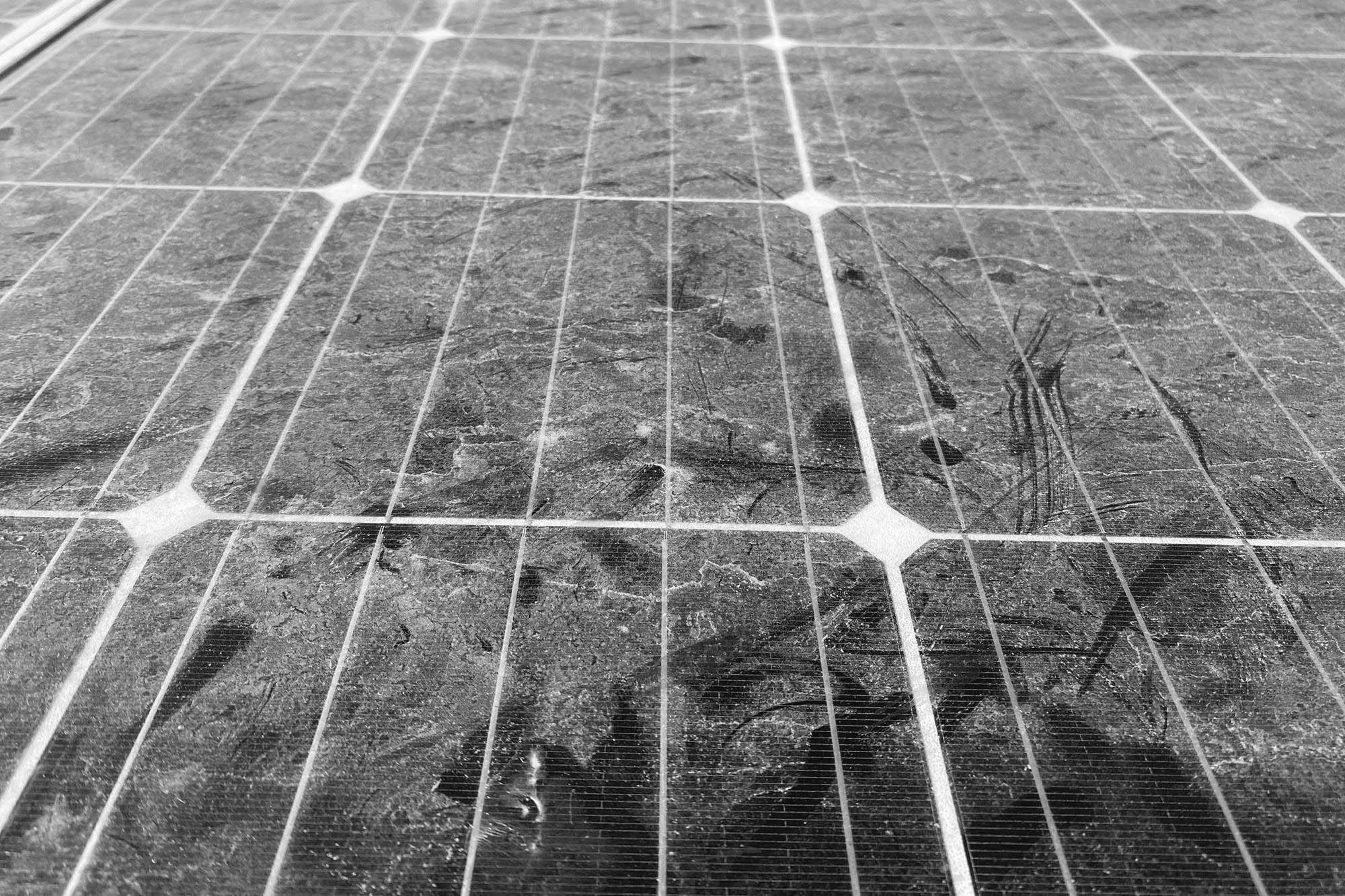- Published On:
Impact of Weather Parameters on the Efficiency of Solar Panels
Due to the increasing electricity demands, it is crucial to rely on abundant and renewable energy sources. Currently, solar energy is the best renewable source to meet the electricity demand of the world. However, the main source of electricity that powers your home is coming from fossil fuel. Fossil fuels are the cause of about 66% of the global emissions of carbon dioxide and greenhouse gases. Solar energy is an easily accessible, eco-friendly, and pollution-free source of energy. However, the solar panel efficiency is impacted by various weather conditions that influence the sunlight reaching the module. According to the International Energy Agency, solar panels have the potential to meet about 11% electricity demand of the world. This article explores the key weather parameters and their impact on solar panel efficiency.

Understanding Solar Panel Efficiency:
Solar panel efficiency is a gauge of how effectively a particular panel can convert sunlight into usable electricity. The electric current will be generated when sunlight falls on the silicon embedded within the solar panel.
These silicon cells are densely packed within glass. As sunlight interacts with the cells, it gets converted into an electrical current. This current is then directed to the circuit breaker box, from where it is distributed throughout the house.
The measurement is straightforward: if a solar panel has 20% efficiency, it means it can convert 20% of the sunlight it receives into electricity. The most efficient solar panels in the market can achieve nearly 23% efficiency, a remarkable improvement from the initial solar modules, which were only 6% efficient
Performance Ratio:
PR is the ratio of the measured energy to the expected energy. When you compare the actual solar energy produced by the panel to the total potential energy it received from the sun, it is known as PR. The performance ratio is a great way to measure the impact of different environmental factors on the production capacity of the panels.
Its formula is as follows:
PR= Yf/ Yr
Yf= Actual energy produced by the panels.
Yr= Actual energy received by the panels from the sun.
Environmental factors Affecting the Solar Panel Efficiency:
Solar panels have to be out in the sun in order to generate electricity. Therefore, environmental parameters can impact the performance of solar PV modules significantly. The factors like solar irradiance, temperature, dust, soiling, wind, shade, and humidity can impact the energy production capacity of solar panels.
Solar Irradience:
Solar irradiance is the amount of solar energy per unit area. It is the primary driver of PV performance. It determines the electricity production by solar panels. The sun position changes throughout the day. Solar irradiance is influenced by factors such as time of day, geographical location, and atmospheric conditions. When solar irradiance levels are high, the PV panels receive more energy. This means that the performance ratio of panels will be high, resulting in increased electricity production. It is quite difficult to calculate the performance ratio of the panels when nearby objects cast shadows on the panels. This can significantly reduce the efficiency of solar panels.
However, you can increase the solar irradiance by adjusting the optimal angle of the panel. This is determined by the latitude angle of the geographical location. In the summer, the tilt angle deviates from the location latitude’s angle. Moreover, this angel only deviates about 15 degrees in the winter. According to an estimation, a one-degree azimuth deviation from the south can cause a solar irradiation loss of 0.08%. Also, this can be improved by installing solar trackers along with your system. Solar trackers can track the path of the sun to maximize the solar irradiance.
Ambient Temperature:
Temperature is a critical weather forecasting parameter that can significantly affect the power production capacity of panels. Elevated temperatures can cause the semiconducting materials in the panels to become less efficient. At high ambient temperatures, the solar cells get heated up. This happens due to the negative temperature coefficient of solar panels. This means that under hot conditions the PR value of the solar system will drop, reducing the overall efficiency of solar arrays. Without cooling, every 1 °C rise in solar cell temperature causes a 0.03–0.05% decrease in electrical efficiency. Moreover, at an operating temperature of 56 °C, the efficiency of solar panels decreases by 3.13% and that panel efficiency is reduced by 69% at 64 °C.

Furthermore, the ambient temperature also impacts the solar panel’s voltage. The greater the temperature the less will be the output voltage of the panels. So, ambient temperature is a crucial factor in determining the electricity production by the solar system.
Cloud Covers:
Cloud cover is another crucial weather parameters that affects PV performance. Clouds can scatter as well as absorb sunlight. Thick cloud cover can lead to a significant decrease in electricity production. However, even under overcast conditions, some sunlight can still penetrate through the clouds and are able to generate electricity.

Shading:
Shading is the blockage of the direct sunlight reaching the panel’s surface. Shading from external objects such as trees, buildings, or debris can have a substantial impact on the energy harvesting of solar systems. Also, Solar panels are typically connected in series, and shading on one part of a panel can drastically reduce the output of the entire array. This phenomenon is known as the “Christmas lights effect,” where the shaded panel acts as a barrier to the flow of current in the other panels. When one solar cell is shaded, all the preceded cells will dump their produced energy in the shaded cells. This can generate heat hence creating a heat spot. This can decrease the solar panel efficiency.
Moreover, shading can be of many types like self-shading, hard shading, and soft shading. Hard shading is caused by the buildup of debris from sources like leaves, birds dropping, snow, and dust. However, it is essential to design and install PV systems in locations with minimal shading to maximize power production.

Dust and Dirt Accumulation:
The accumulation of dust, dirt, and other particles on the surface of PV panels can decrease the solar panel efficiency. These particles block sunlight from reaching the semiconductor material, reducing the amount of energy that can be converted into electricity. Dust accumulation is impacted by factors like humidity, rainfall, wind speed, dust source, type, and brand of solar panels.

Moreover, in humid areas dust particles can form an adhesive and sticky layer on the surface of the panels. According to an estimation, dust accumulation for 45 days can decrease the overall efficiency by 20%. Regular cleaning and maintenance of PV panels is the key for ensuring the optimal power production by panels. In regions with dry and dusty climates, cleaning may need to be more frequent.
Soiling:
Soiling can cause both hard as well as soft shading. Smog can cause soft shading, while the soil mass on the panel’s surface can cause hard shading. The solar cells that are not hard shades still receive sunlight, so the overall voltage of the modules is not zero.
However, the power loss of solar arrays from soiling depends on the geographical location. The panels with flat orientation and smaller tilt angles are more susceptible to soiling. By increasing the hydrophobicity, the dust accumulation on the surface of the panel can decrease. This will also increase the transmittance of solar radiation. You can increase the hydrophobicity of panels by changing the surface energy and roughness. You can also remove the soiling by mechanically spraying the water on the panels.
Air Mass and Sun Angle:
Air mass is the path length of sunlight through the Earth’s atmosphere and this depends on the angle of the sun. As the sun’s angle decreases, the sunlight travel distance increases, leading to reduced solar irradiance. This effect is particularly noticeable during early mornings and late afternoons when the sun is closer to the horizon. That’s why PV systems are most efficient when the sun is directly overhead.
Wind Speed:
The wind’s speed and direction can impact the electricity production capacity of panels. Also, The panels with glass cover surfaces are best for cold and high-speed climates. Furthermore, According to an estimation, the glass cover with grooves can lower the operating temperature by 3.5 degrees centigrade.
To say the least, moderate wind speeds can have a positive impact on PV performance by helping to cool down the panels. However, very strong winds can damage the PV system and their mounting systems.

Humidity and Air Quality:
Humidity levels have a negligible effect on PV performance. While high humidity can contribute to the formation of dew on the panel surface, this effect is usually short-lived and has minimal impact. According to an estimation, if the humidity in the air decreases from 60% to 48%, the solar panel efficiency increases from 9.7% to 12.04%. Additionally, a 20% increase in the humidity level in the air can cause a 3.16 watts reduction in the power capacity of panels.
However, poor air quality due to pollutants can reduce the sunlight reaching the panels, leading to decreased electricity production. This effect is more pronounced in urban and industrial areas with higher levels of pollution.
Final Thoughts:
Weather conditions play a crucial role in determining the efficiency and output of photovoltaic systems. Solar irradiance, temperature, cloud cover, shading, dust, air mass, wind, humidity, and air quality, all interact to influence the performance of solar panels. System designers, installers, and operators must take these weather forecasting into account to optimize the design, placement, and maintenance of solar systems. By understanding the effects of weather conditions on PV performance, we can harness solar energy more effectively and contribute to a more sustainable energy future.
Related Articles:
Due to the increasing electricity demands, it is crucial to rely on abundant and renewable energy sources.
Installing solar panels is a huge investment. For many potential homeowners, the primary motivator to invest in a home solar system is the commitment to long-term savings.
In the United States, if you reside in a subdivision, planned community, or a building, you may be a part of the Homeowners Association, also known as HOA.



